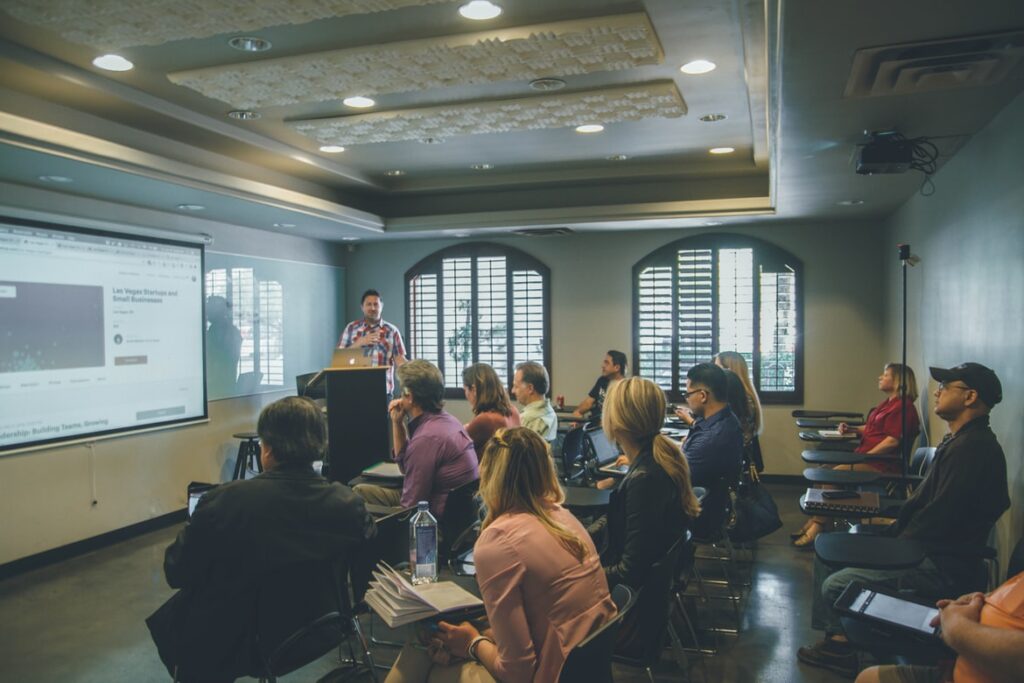An estimate is a calculation of the value of a financial transaction where an exact value cannot be provided to the client in the context of preparing a financial statement and is based on a combination of judgment, prior knowledge, and experience. Estimates are generally used when a client may want to know the general price for the products or services you are offering. On the other hand, estimates are an effective method of determining a more realistic price if you as a small business owner are unsure of the extent of the work that has to be done. In this article, we will discuss the 3 common estimating mistakes your small business might be making.
1. Materials & Supplies Costs

The total cost of materials and supplies used for a specific project may be really hard to determine in advance, as the price of materials and supplies may vary drastically from the time you issue an estimate until the start of the project. Due to the economic impact of the Covid- 19 pandemic, the price of materials and supplies fluctuates drastically even on a daily basis, especially materials and supplies in the construction business such as steel. Another thing to factor in is the rising prices of solid fuels and electricity. Demand for materials and supplies is high, and uncertainty about import tariffs and their effect on prices make it even more challenging to make accurate estimates.
2. Not keeping up to date with project expenses when estimating

Project costs and expenses such as labor costs and materials and supplies costs should be estimated based on the most current data available, past performances, and models. Estimates based on uninformed or uneducated guesses are in most cases inaccurate as the estimated price is more of an uneducated guess than a precise estimate. As complicated as it may sound, making estimates have never been easier thanks to the online estimate generators. By using a free estimate generator you can be ensured that your estimates are as accurate as possible.
3. Not utilizing past experiences

An integral part of estimating is keeping track of prior project data. By comparing your current project to a similar project from the past, you can not only avoid making the same estimating mistakes, but also the mistakes you already made while executing the project itself. By analyzing and utilizing your past experiences you can be more than confident that your estimates are as accurate as possible, and with that ensuring that the execution of the project is done with precision and efficiency.
Always be on top of your current and past project expenses when giving an estimate. Always compare your current project to a similar project from the past, as you will avoid making the same estimating mistakes twice. Project costs and expenses such as labor costs and materials and supplies costs should be estimated based on the most current data available, past performances, and models. The total cost of materials and supplies used for a specific project may be really hard to determine in advance, as the price of materials and supplies may vary drastically from the time you issue an estimate until the start of the project, so always estimate prices that are at least five percent higher than the current.

